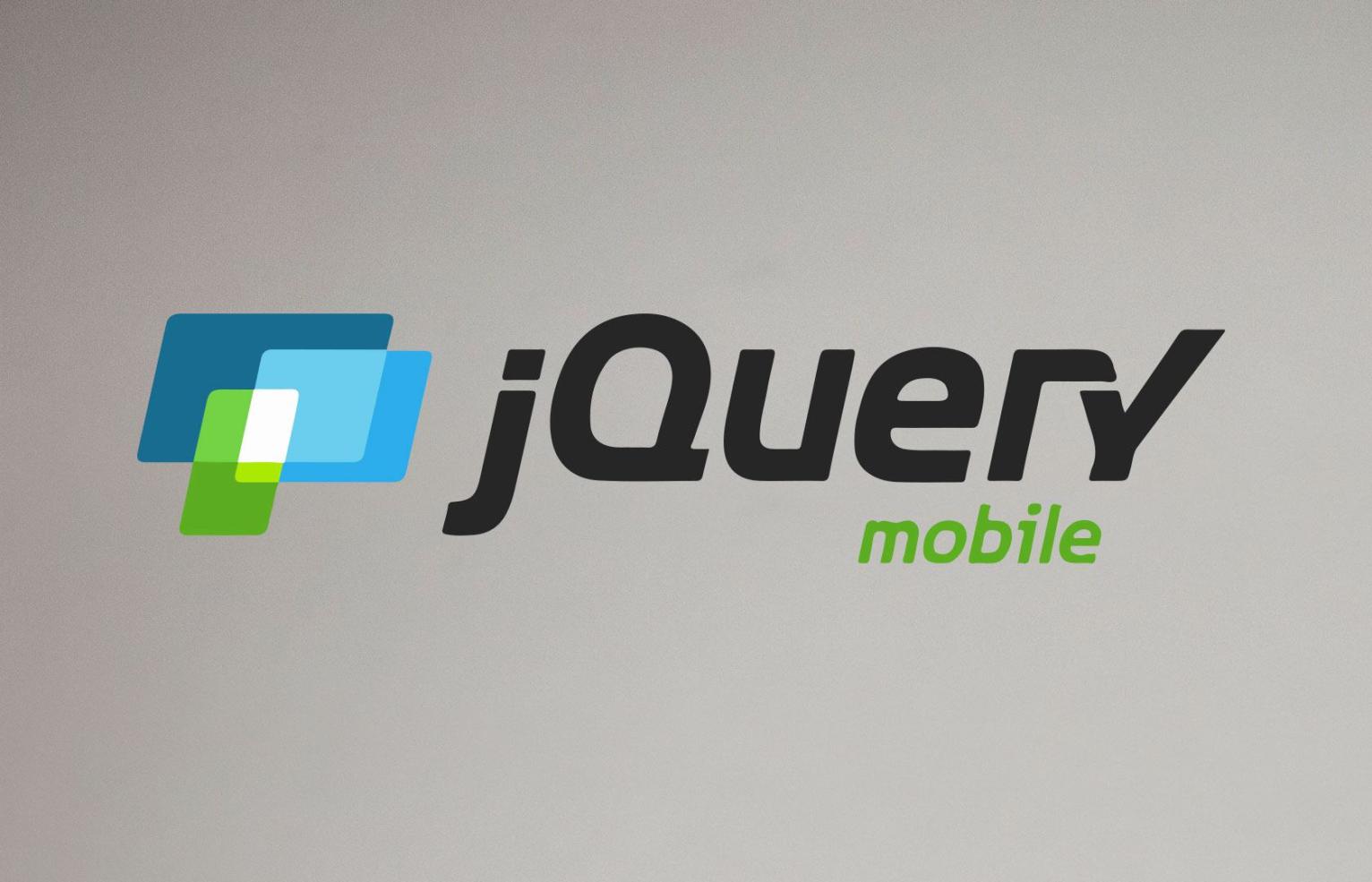How Can jQuery Simplify My Front-End Development Workflow?
In the realm of front-end development, jQuery stands as a cornerstone technology, empowering developers to streamline their workflow and create dynamic, interactive web applications with ease. This comprehensive guide delves into the world of jQuery, exploring its role, benefits, features, and practical applications, while emphasizing best practices and security considerations.

Definition Of JQuery And Its Role In Front-End Development
JQuery is a lightweight, open-source JavaScript library designed to simplify HTML document traversal, event handling, animation, and AJAX interactions. It provides a concise and expressive syntax that abstracts away the complexities of native JavaScript, making it accessible to developers of all skill levels.
Benefits Of Using JQuery For Simplifying Front-End Development Workflow
- Simplified Syntax: jQuery's intuitive syntax reduces the amount of code required to achieve common tasks, making it easier to write and maintain front-end code.
- Cross-Browser Compatibility: jQuery ensures consistent behavior across different browsers, eliminating the need for browser-specific code.
- Extensive Plugin Ecosystem: jQuery boasts a vast collection of plugins and extensions, allowing developers to extend its functionality and create custom components with ease.
- Community Support: jQuery has a large and active community of developers, providing extensive documentation, tutorials, and support resources.
JQuery's Features And Capabilities
DOM Manipulation:
- Selecting and Traversing Elements: jQuery provides powerful selectors for precisely targeting elements in the DOM, enabling easy manipulation and traversal.
- Adding, Removing, and Modifying Elements: jQuery simplifies the process of adding, removing, and modifying elements in the DOM, allowing for dynamic content updates.
- Changing Element Attributes and Styles: jQuery allows developers to effortlessly change element attributes and styles, enabling dynamic styling and visual effects.
Event Handling:
- Binding Event Handlers to Elements: jQuery makes it easy to bind event handlers to elements, allowing for responsive and interactive web applications.
- Handling Various Types of Events: jQuery supports a wide range of events, including clicks, mouse movements, form submissions, and more.
- Preventing Default Actions and Event Propagation: jQuery provides methods to prevent default actions and control event propagation, enhancing the user experience.
AJAX (Asynchronous JavaScript And XML):
- Making HTTP Requests to the Server: jQuery simplifies the process of making HTTP requests to the server, enabling asynchronous data retrieval and updates.
- Sending and Receiving Data in Various Formats: jQuery supports various data formats, including JSON, XML, and HTML, making it versatile for different types of applications.
- Handling Server Responses and Updating the UI Accordingly: jQuery provides methods for handling server responses and updating the user interface accordingly, creating dynamic and interactive web applications.
Animation And Effects:
- Creating Simple and Complex Animations: jQuery offers a range of animation methods, allowing developers to create simple and complex animations with ease.
- Applying Visual Effects to Elements: jQuery provides visual effects such as fading, sliding, and rotating, enhancing the user experience and adding visual appeal.
- Enhancing User Experience with Smooth Transitions and Interactions: jQuery enables smooth transitions and interactions, improving the overall user experience and making web applications more enjoyable to use.
Plugins And Extensions:
- Vast Ecosystem of jQuery Plugins: jQuery has a vast ecosystem of plugins and extensions, allowing developers to extend its functionality and create custom components with ease.
- Extending jQuery's Functionality with Custom Plugins: Developers can create their own jQuery plugins to extend its functionality and tailor it to specific needs.
- Building Reusable Components and Modules: jQuery plugins can be reused across different projects, promoting code reusability and modular development.
Practical Applications Of JQuery
Building Interactive Forms:
- Validating User Input: jQuery can be used to validate user input in forms, ensuring data integrity and preventing errors.
- Handling Form Submissions: jQuery simplifies the process of handling form submissions, enabling asynchronous data submission and validation.
- Creating Dynamic and User-Friendly Forms: jQuery allows developers to create dynamic and user-friendly forms with features such as auto-completion, input masking, and real-time validation.
Creating Dynamic Content:
- Loading and Displaying Content from External Sources: jQuery can be used to load and display content from external sources, such as JSON feeds and remote HTML files.
- Updating Content Without Reloading the Page: jQuery enables dynamic content updates without reloading the entire page, improving performance and user experience.
- Enhancing User Engagement with Dynamic and Interactive Content: jQuery allows developers to create dynamic and interactive content, such as sliders, carousels, and interactive maps, to engage users and improve the overall experience.
Building Responsive Layouts:
- Creating Responsive Designs that Adapt to Different Screen Sizes: jQuery can be used to create responsive designs that adapt to different screen sizes, ensuring optimal user experience across various devices.
- Handling Orientation Changes and Device Rotations: jQuery can handle orientation changes and device rotations, ensuring that web applications maintain their responsiveness and usability.
- Ensuring Optimal User Experience Across Various Devices: jQuery helps developers create web applications that provide a consistent and optimal user experience across various devices and screen sizes.
Best Practices And Tips For Using JQuery
Performance Considerations:
- Optimizing Code for Better Performance: Developers should optimize their jQuery code for better performance, minimizing the use of heavy plugins and scripts.
- Minimizing the Use of Heavy Plugins and Scripts: Using too many heavy plugins and scripts can slow down the application. Developers should carefully select and use plugins that are essential for their project.
- Utilizing Caching Techniques to Improve Load Times: Caching techniques can be used to improve load times and reduce server requests.
Code Organization And Maintainability:
- Structuring jQuery Code for Clarity and Readability: jQuery code should be structured for clarity and readability, using proper indentation, comments, and modular patterns.
- Using Modular and Reusable Code Patterns: Modular and reusable code patterns can improve code maintainability and reduce duplication.
- Implementing Proper Error Handling and Debugging Techniques: Proper error handling and debugging techniques should be implemented to identify and resolve issues quickly.
Security And Cross-Site Scripting (XSS) Prevention:
- Understanding and Preventing XSS Vulnerabilities: Developers should understand and prevent XSS vulnerabilities to protect user data and application integrity.
- Escaping User Input and Sanitizing Data: User input should be escaped and sanitized to prevent malicious code injection.
- Implementing Secure Coding Practices: Secure coding practices should be followed to minimize security risks and vulnerabilities.
JQuery remains a powerful tool in the front-end developer's arsenal, simplifying workflow, enhancing productivity, and enabling the creation of dynamic and interactive web applications. Its extensive features, vast plugin ecosystem, and active community make it an indispensable resource for developers of all skill levels. By embracing jQuery's capabilities and adhering to best practices, developers can unlock the full potential of this versatile library and create exceptional user experiences.
YesNo

Leave a Reply